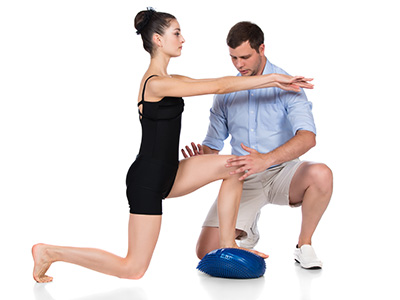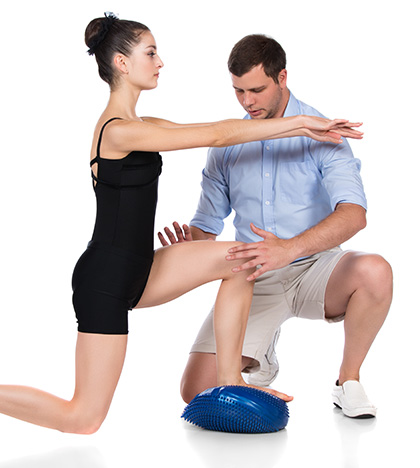Parallel Dance Careers: Dance Medicine and Dance/Movement Therapy
 By Susan Epstein of Dance Pathways
By Susan Epstein of Dance Pathways
You love to dance and you are really interested in science, medicine, therapy and healthcare. You are getting ready to go to college. What to do? You don’t have to make a choice. It’s not either or. You can study dance, perform, choreograph and also pursue a career in Dance Medicine and Dance/Movement Therapy. First, you need to understand the difference between these pathways, and then you need to find an institution that can show you the way. Many colleges and universities offer double majors, minors or emphasis on. Program structure depend on the degree pursued. BFA, BA or BS all will have different requirements for graduation. Some institutions don’t have specific degrees in Dance Medicine or Dance/Movement Therapy, but they all offer classes like kinesiology and exercise science that will help you get started. And in the process you just might find you want to make the science your primary focus. Most programs will allow dancers to dance, perform and pursue one of these areas of interest during the four year program. And in the real world you can craft a life that lets you do both as well.
Are you interested in helping other dancers with their body wellness? You might be interested in pursuing Dance Medicine and Science.
Dance Medicine and Science*: Dance medicine and science is the application of that realm to the specific life and body of the dancer. As a discipline it investigates the causes of dance injuries, promotes their care, prevention and safe post-rehabilitation return to dance, and explores the ‘how’ of dance movement.” Dance Medicine is very similar to Sports Medicine, but focuses on the special needs of dancers. Training in this field can be at Universities, Conferences/Workshops or through Clinical Affiliations. Dancers are well suited for this work because they have a deep understanding of the mind, body and spirit of a dancer.
Have you ever taught a dance class for seniors or special needs kids? Did the experience invigorate you? If it did, or if the concept of using dance to make a social difference intrigues you, look into studying Dance/Movement Therapy.
Dance/Movement Therapy: Dance/Movement Therapy uses dance and movement to help a variety of special communities in a multitude of ways . The classes, exercises and games are carefully crafted to use dance to help with self-esteem, cope with problems, improve communications and work with behavioral and physical problems. Dance/Movement is used as therapy for people with movement and neurological disorders, trauma patience and those with other disabilities. Practitioners take courses for certification and become DMTs (Dance Movement Therapists.) Dancers make terrific DMTs, it’s a natural extension of all of their training.
Interested in pursuing on of these parallel careers?
There are many colleges that offer undergraduate and graduate programs, certifications and off campus opportunities. If these dance career choices interest you, a good place to start your research is with the American Dance Therapy Association or the International Association Dance Medicine and Science and along the way you just might find your passion.
* Definition of Dance Medicine and Science provided by the International Association of Dance Medicine and Science (www.iadms.org). Text cited from the Dance Medicine Resource Guide, Second Edition, J. Michael Ryan Publishing, Inc. Written and edited by Marshall Hagins, PhD, PT.




One thought on “Parallel Dance Careers: Dance Medicine and Dance/Movement Therapy”
Comments are closed.